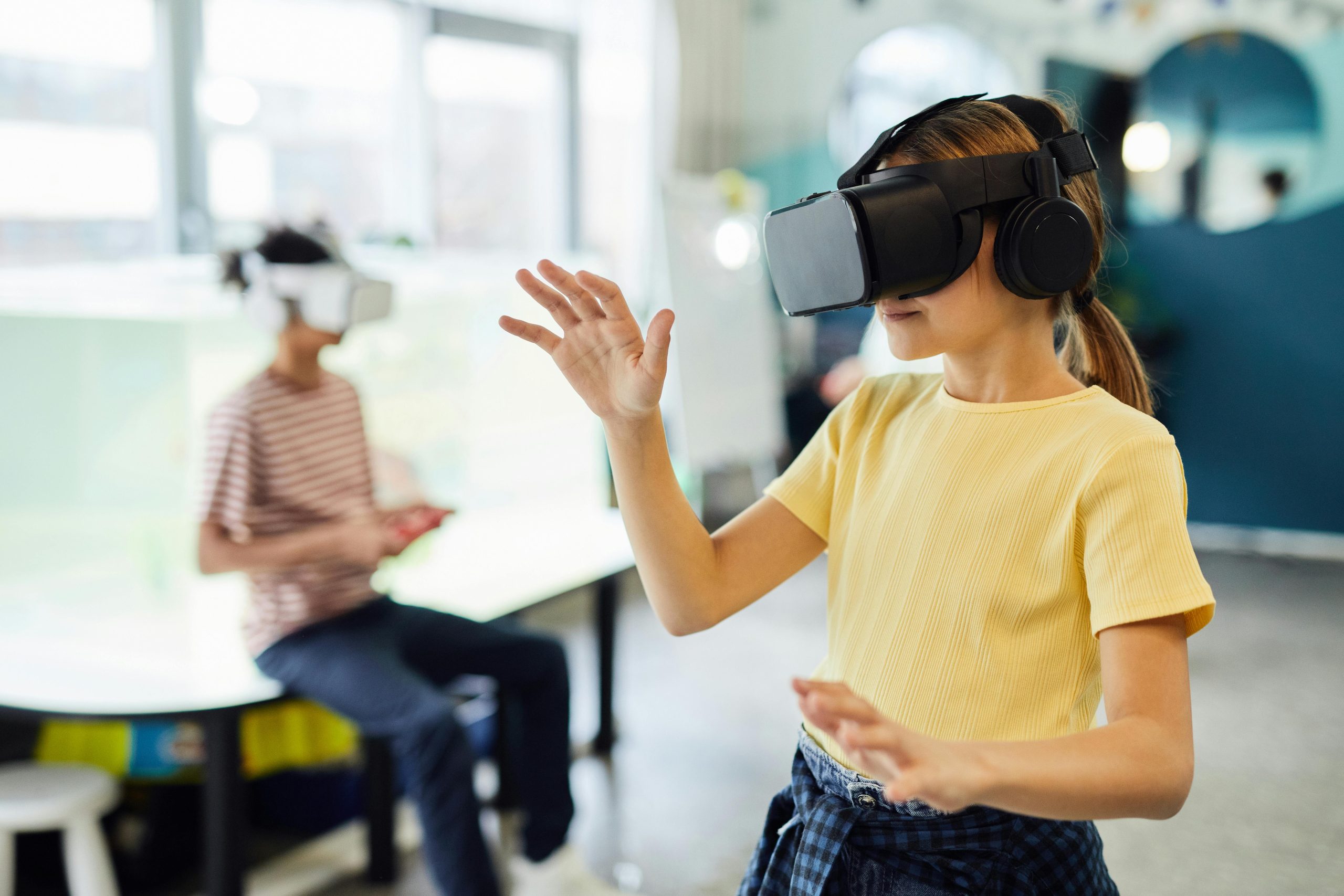Artificial intelligence has evolved rapidly in recent years, and one of its most groundbreaking advancements is generative AI. This technology doesn’t just analyze data—it creates new content, from text and images to music and even entire virtual worlds. Businesses, creatives, and researchers are leveraging generative AI to revolutionize industries, automate workflows, and unlock unprecedented possibilities. But what exactly is generative AI, and how is it reshaping the future?
What Is Generative AI?
Generative AI refers to a subset of artificial intelligence that can produce original content by learning patterns from vast datasets. Unlike traditional AI, which focuses on classification or prediction, generative models create new outputs—whether it’s writing an article, designing a logo, or composing a song. These systems rely on deep learning techniques, particularly neural networks like Generative Adversarial Networks (GANs) and Large Language Models (LLMs), to generate realistic and coherent results.
Key characteristics of generative AI include:
- Creativity: It can produce novel content that mimics human creativity.
- Adaptability: It learns from diverse datasets to generate contextually relevant outputs.
- Scalability: Once trained, it can produce content at an unprecedented speed and volume.
How Generative AI Works
Generative AI operates by analyzing massive datasets to identify underlying patterns. For example, a text-generating model like OpenAI’s GPT-4 processes billions of sentences to understand grammar, context, and style. Similarly, image generators like DALL-E or MidJourney learn from millions of pictures to create visually coherent artwork.
Key Technologies Behind Generative AI
- Neural Networks: These are the backbone of generative models, simulating how the human brain processes information.
- GANs (Generative Adversarial Networks): Two neural networks—a generator and a discriminator—compete to produce increasingly realistic outputs.
- Transformers: These models, like those used in ChatGPT, excel at understanding context in sequential data, making them ideal for text and speech generation.
By iteratively refining their outputs, these models achieve remarkable accuracy, enabling applications from automated customer service to synthetic media creation.
Industries Transformed by Generative AI
Generative AI is disrupting multiple sectors, offering efficiency, innovation, and cost savings. Here’s how it’s making an impact:
1. Content Creation and Marketing
Marketers and writers use AI tools to generate blog posts, social media captions, and ad copy in seconds. Platforms like Jasper and Copy.ai help businesses scale content production while maintaining quality. AI-generated visuals also streamline graphic design, reducing reliance on human artists for repetitive tasks.
2. Healthcare and Drug Discovery
Generative AI accelerates medical research by predicting molecular structures for new drugs and simulating clinical trials. It also aids in personalized medicine, analyzing patient data to recommend tailored treatments. AI-generated synthetic data helps train diagnostic tools without compromising patient privacy.
3. Entertainment and Media
From AI-written scripts to deepfake technology, generative AI is reshaping entertainment. Studios use it for special effects, voice cloning, and even creating virtual actors. Music platforms leverage AI to compose original tracks or remix existing songs.
4. Manufacturing and Design
Engineers and architects use generative design software to create optimized prototypes. AI suggests lightweight, durable structures by iterating through thousands of design possibilities, reducing material waste and speeding up innovation.
The Future of Generative AI
As generative AI advances, its applications will expand even further. Here are some emerging trends:
- Hyper-Personalization: AI will craft individualized experiences, from custom learning programs to personalized shopping recommendations.
- Ethical and Regulatory Challenges: Issues like deepfake misuse and copyright infringement will require robust governance frameworks.
- Human-AI Collaboration: Rather than replacing humans, AI will augment creativity, allowing professionals to focus on high-level strategy while AI handles execution.
With improvements in model efficiency and accessibility, generative AI will soon become a staple in everyday tools, democratizing creativity and innovation.
Conclusion
Generative AI is more than a technological marvel—it’s a paradigm shift in how we create, innovate, and solve problems. From automating content production to accelerating scientific breakthroughs, its influence spans industries and promises a future where human and machine collaboration unlocks endless possibilities. As businesses and individuals embrace this technology, understanding its capabilities and ethical implications will be key to harnessing its full potential.






Leave a Reply